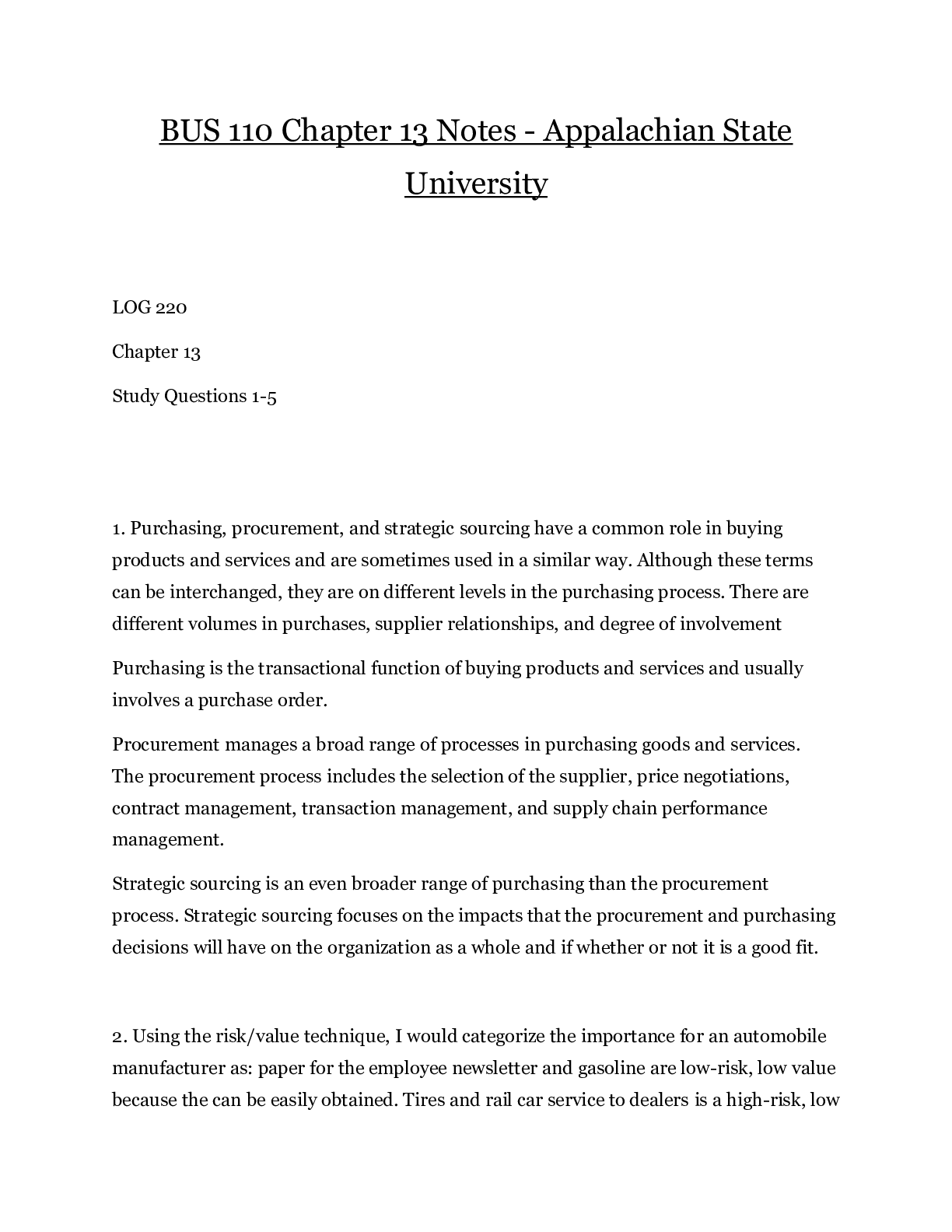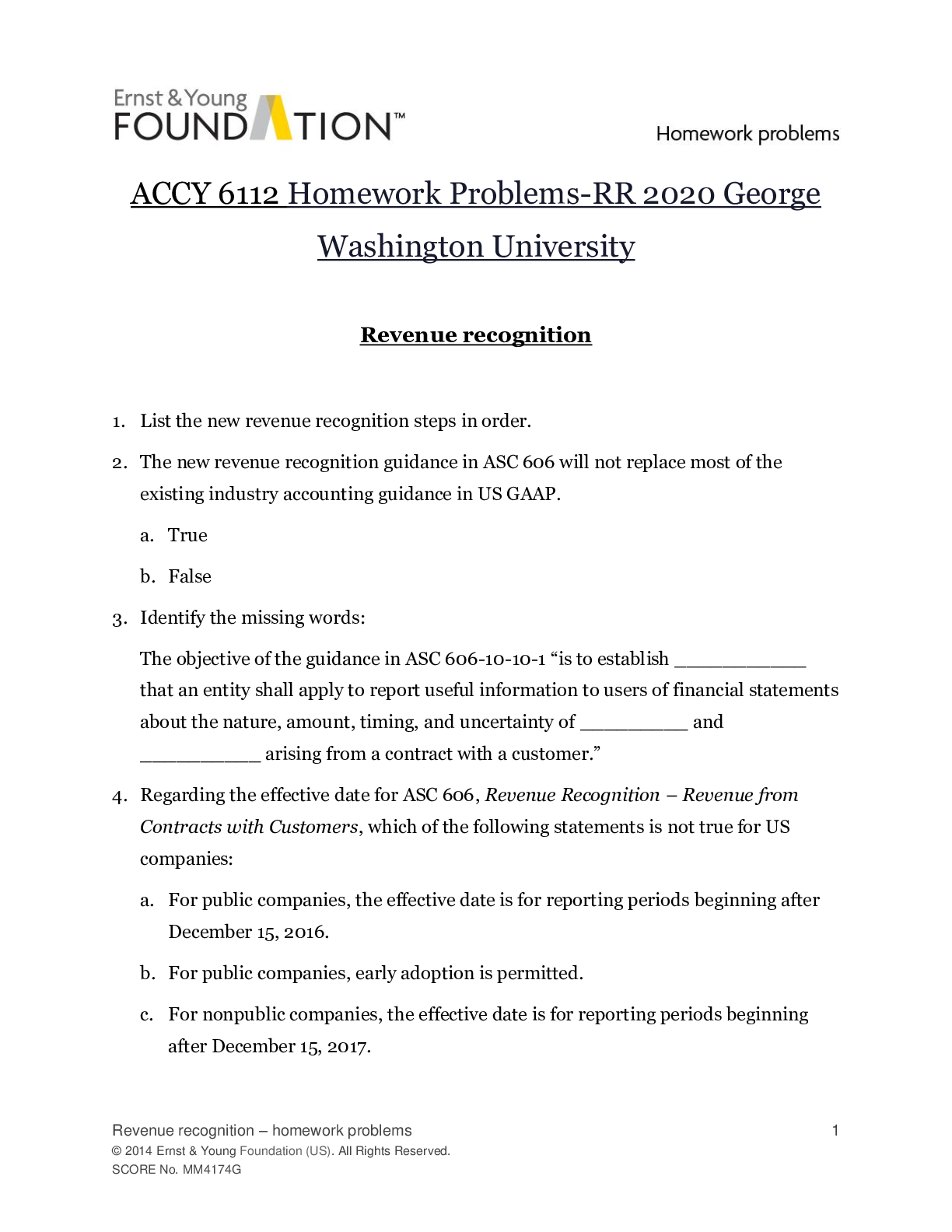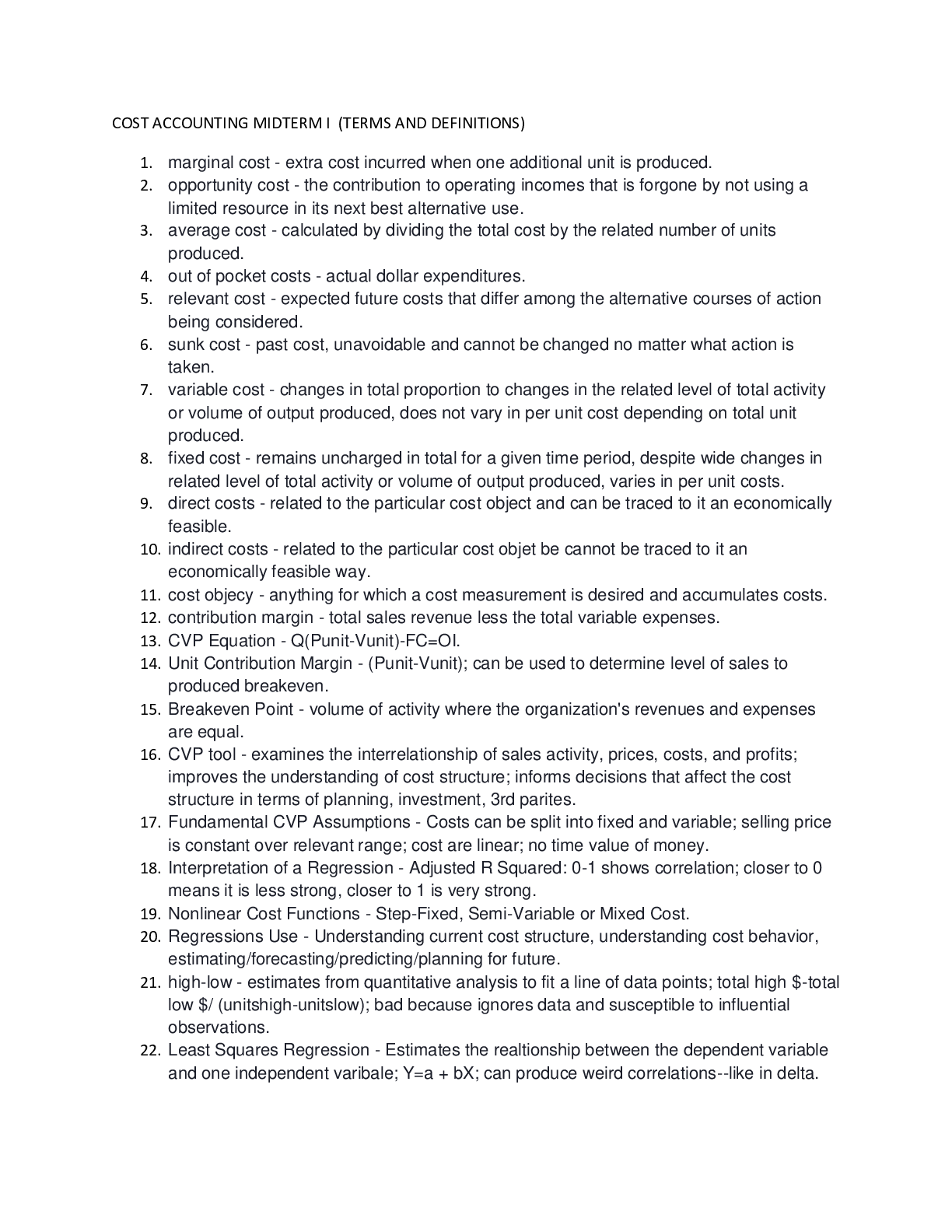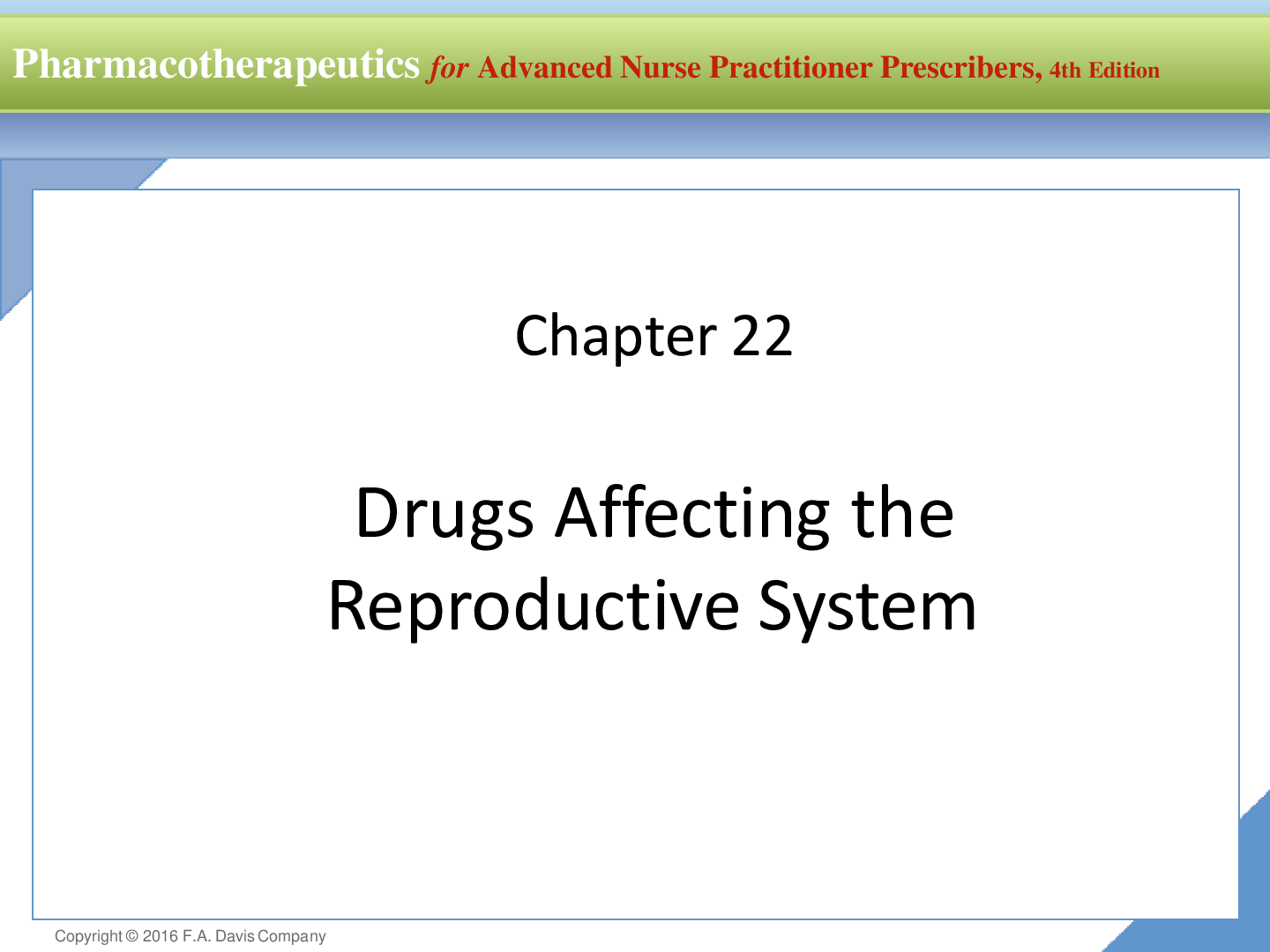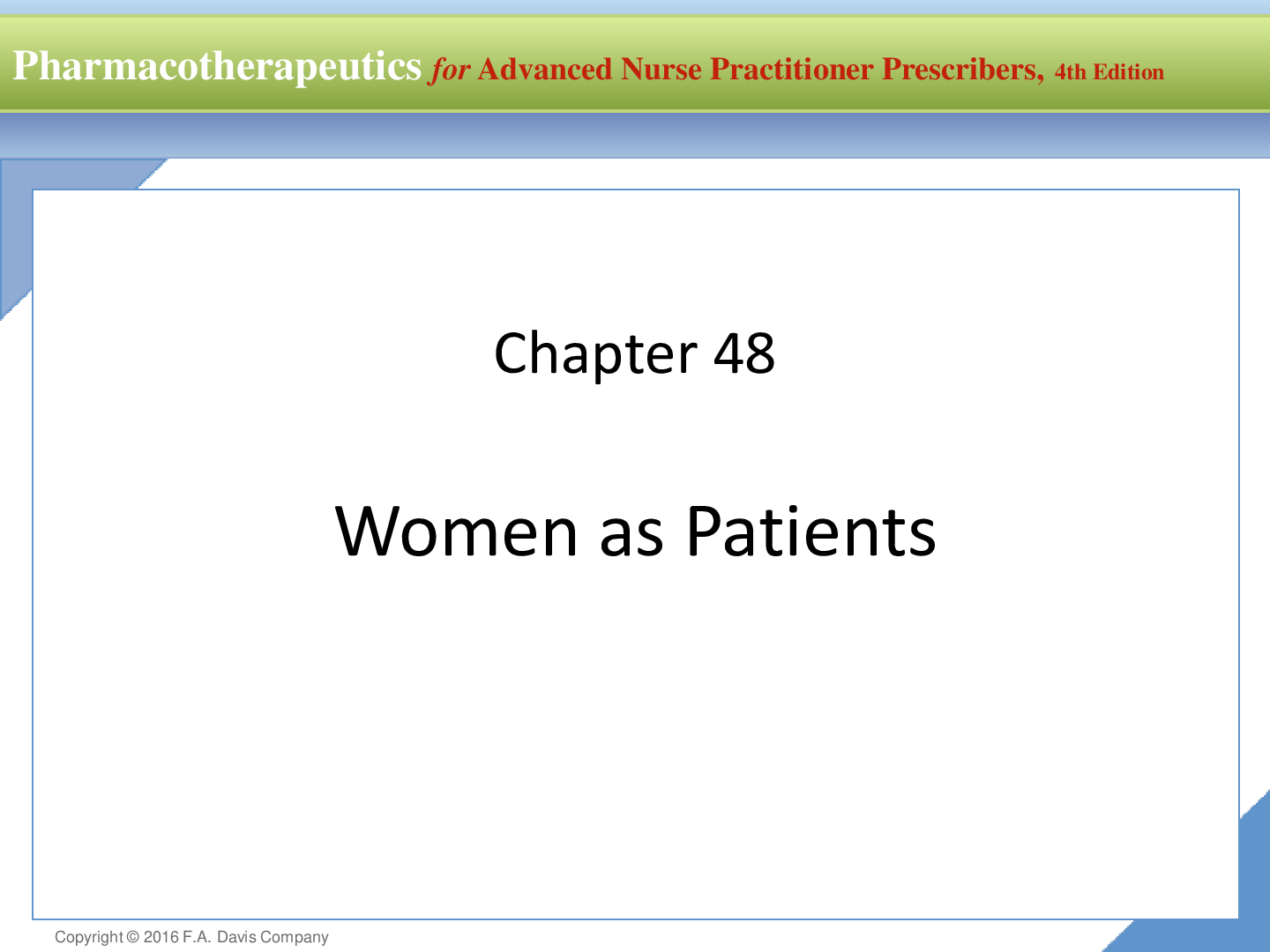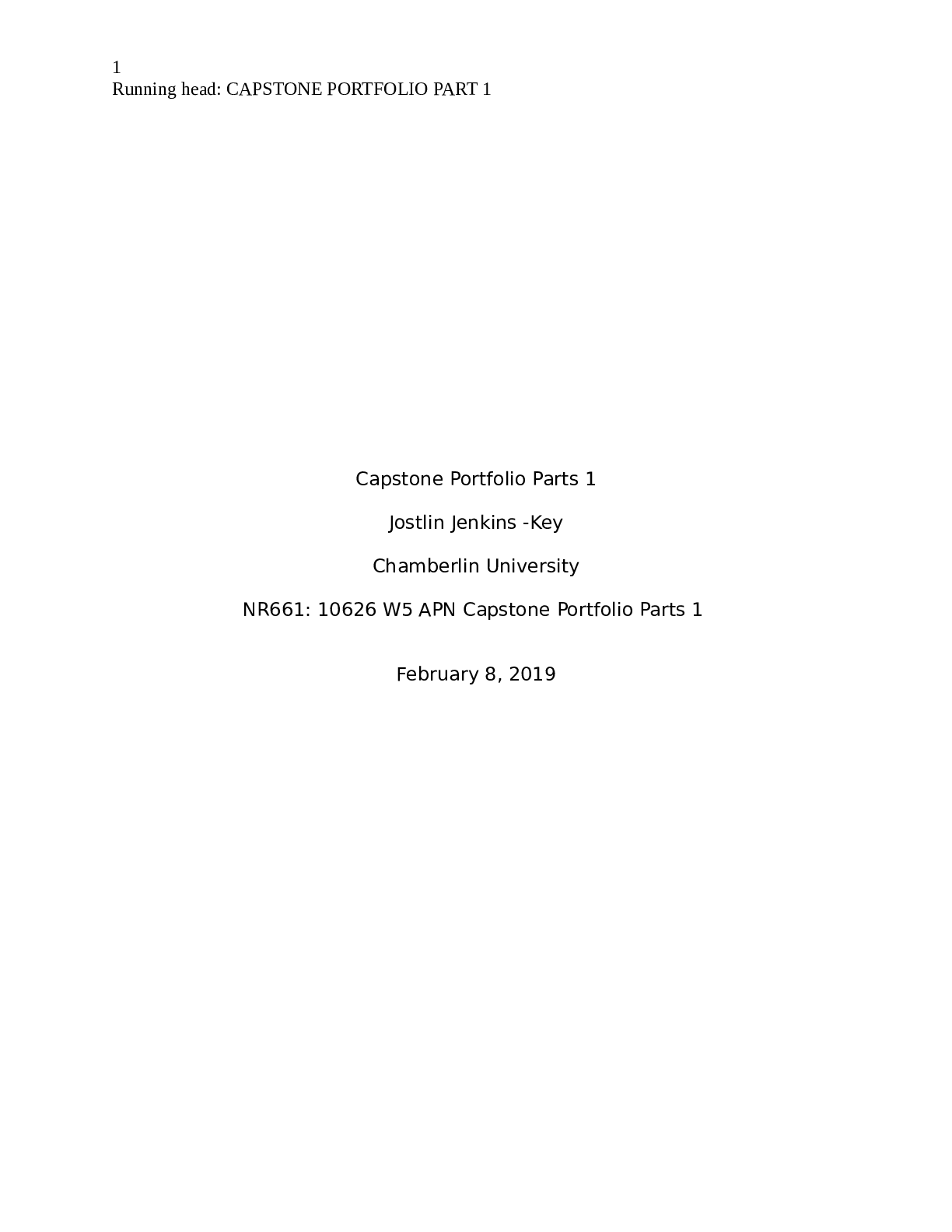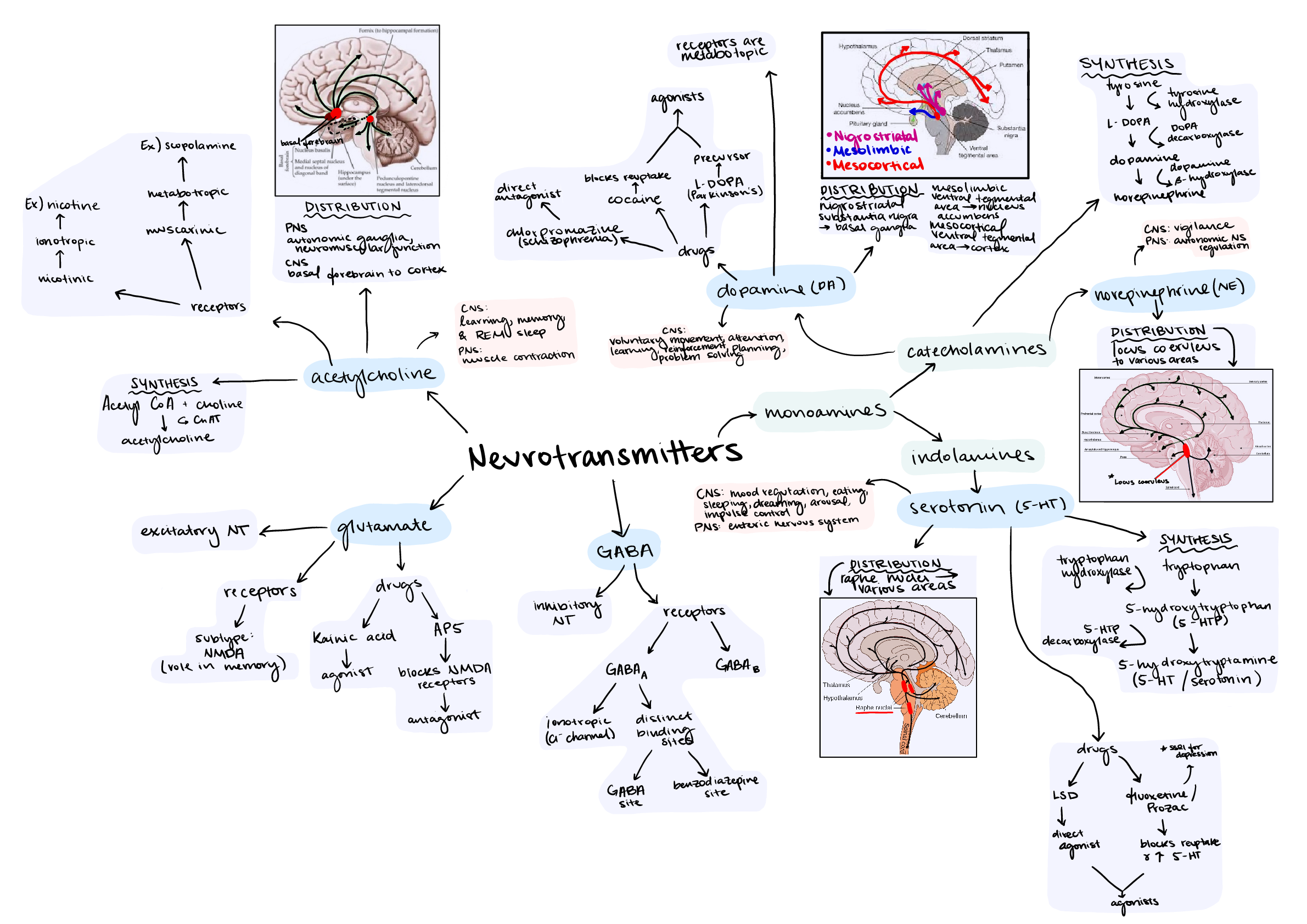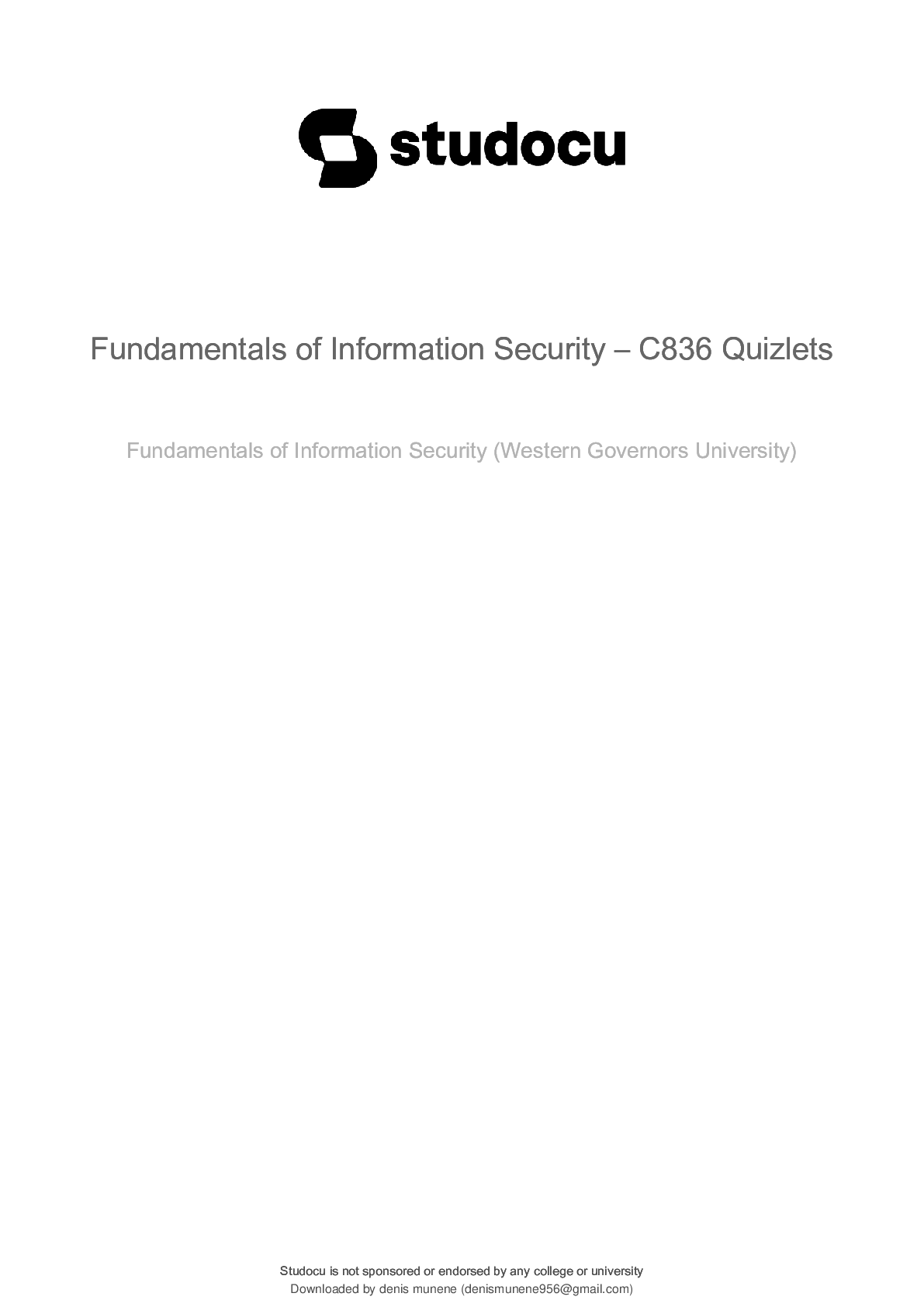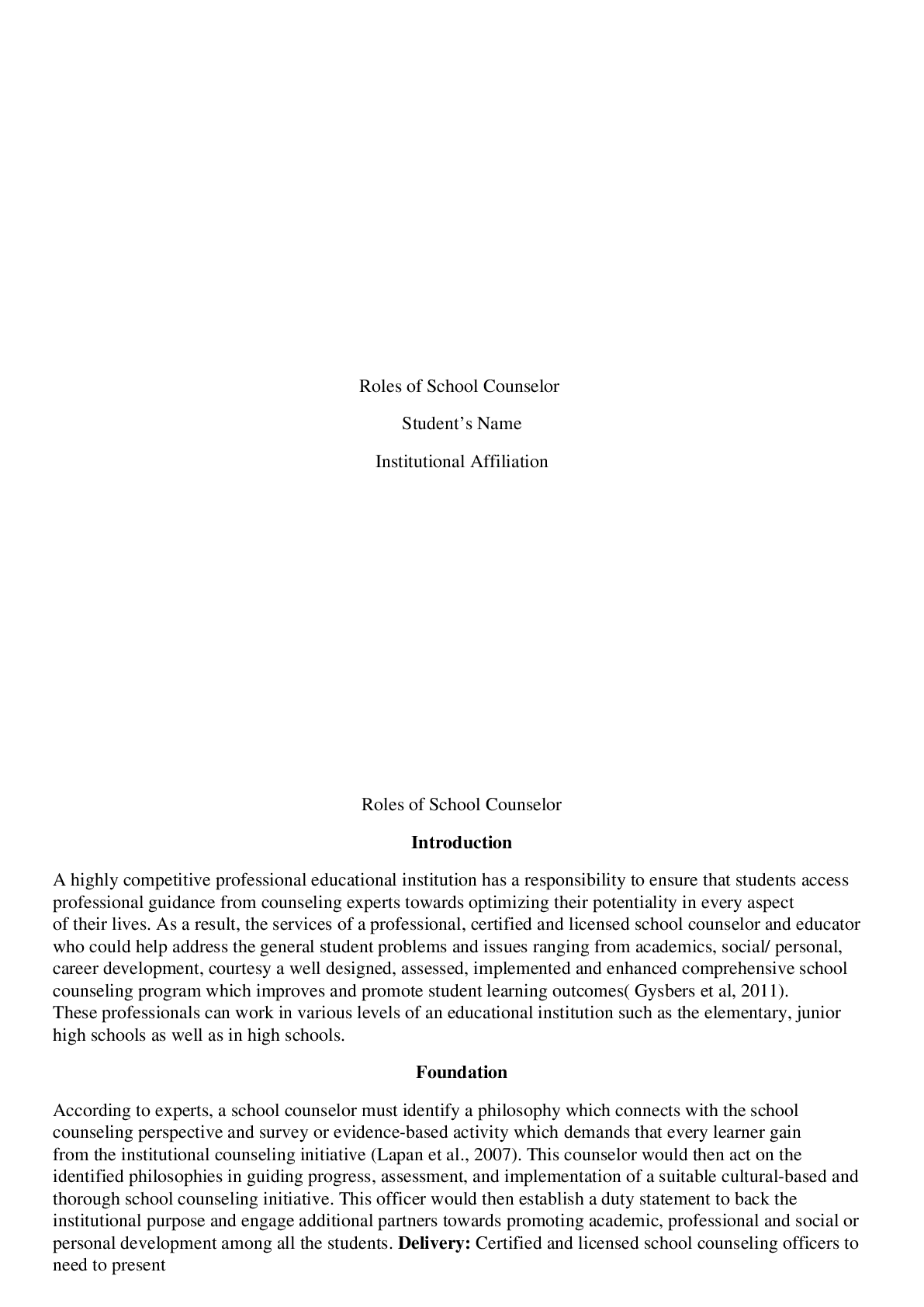Engineering > Class Notes > MSE 230_All_Lectures_Summer_2018_with_no_cartoons_2_slides_per_page - Purdue University | MSE230_All (All)
MSE 230_All_Lectures_Summer_2018_with_no_cartoons_2_slides_per_page - Purdue University | MSE230_All_Lectures_Summer_2018_with_no_cartoons_2_slides_per_page
Document Content and Description Below
MSE 230 Summer 2020 Prof. Trice School of Materials Engineering triceceramics.com 1 99% of these figures were taken from Callister, 7th Ed. 22 3 Lecture 1 First Day of Any Semester 4 Lect... ure 1 First Day of MSE 230 – Prof. Trice MSE 230 - Trice3 5 Lecture 1 Background on Prof. Trice MSE 230 - Trice 1983-1987 BS in Mechanical Engineering 1988-1989 MS in Materials Science 1989-1991 Lockheed Martin Aerospace 1991-1995 Northrup Grumman Aerospace 1995-1997 Ph.D. in Materials Science and Engineering (University Of Michigan) 1998-2000 Post Doctoral Research Associate (Northwestern University) 2000 - Purdue University – Assistant Professor 2006 - Purdue University – Associate Professor 2009 – Sabbatical at Sandia National Laboratory in NM 2013 – Full Professor 6 Lecture 1 First Day of MSE 230 – Prof. Trice4 7 Lecture 1 Syllabus for MSE 230 8 What are Prof. Trice’s Pet Peeves? Lecture 15 9 What Do You Think a Professor’s Job Is in the Classroom? Lecture 1 10 What Do You Think a Student’s Job Is in the Classroom? Lecture 16 11 What are the 3 Classes of Materials? Lecture 1 12 Lecture 1 Materials Around Campus7 13 Reminder MSE 230 - Trice 1. Login into Blackboard and download the lecture notes! You will not be able to keep up otherwise. 2. Homework! Keep up with it! Quiz this week Friday. 3. Email me [email protected] or your TA if you are having difficulty in the class 4. I look forward to this semester! Lecture 1 14 Lecture 1 Materials Around Campus8 15 Atom Attractions Much of materials science comes down to: 1. Bonding 2. Microstructure Lecture 2 MSE 230 - Trice Tennis balls, flexure specimens 16 Lecture 2 Properties Overview of 3 Classes of Materials Class Density g/cm3 Stiffness (GPa) Thermal Conduct W/m/k Electrical Conduct 1/ohm-m Metal Ceramic Polymer Why are there huge differences between classes of materials? (I will put bonding into primary ( ) and secondary ( ) classes.9 17 Lecture 2 Bonding Types: Primary (3) and Secondary (1) MSE 230 - Trice 1. Primary – Ionic Bonding: Exchange a valence e- to achieve a electronic configuration 2nd Quantum # (subshell) Q. What is the stable configuration for each atom? Na (lose 1 e-) Cl (gain 1 e-) So, sodium is more than willing to give an e- to Cl 18 Lecture 2 MSE 230 - Trice Bonding Types: Primary and Secondary 2. Primary – Covalent: Local sharing of Metalloids like Ex. Carbon 1s22s22p2 -If C can obtain ____ e- it can reach a -Carbon is unique as it promotes ____ e- to a ___ site sp3 Hybridization10 19 Lecture 2 Bonding Types: Primary and Secondary 3. Primary – Metallic: Global sharing Sea of valence e-, loosely bonded Ex. Copper ...3p63d104s1 20 Lecture 2 MSE 230 - Trice Bonding Types: Primary and Secondary 1. Secondary – Van der Waals: Bonding due to dipoles Def. of dipole: opposite charges separated by a distance Q.: how do dipoles occur in atoms? For a brief moment,11 21 Lecture 2 General Approach to Bonding MSE 230 - Trice How is force related to energy? Q. How do two atoms interact when brought near – assume Na, Cl 22 Lecture 2 General Approach to Bonding, Cont. MSE 230 - Trice r o is the Eo is the energy well; energy required to pull 2 atoms to Big Idea: shape and depth of energy well depend on bond type which, in turn, Influences engineering properties.12 23 Lecture 2 Applications MSE 230 - Trice 1. E o varies with bond type E o ionic E o cov E o metallic E o vdw 2. E o value influences Tmelt Material E o (kJ/mol) T melt Bond Type Al Fe NaCl C (dia) Ar Remember that E o is the energy required to pull atoms to infinite separation - akin to melting 24 Lecture 2 Applications Cont. MSE 230 - Trice 3. Stiffness of the material is a function of bonding energy (F vs. r curve) - Slope of line @ ro - As E o increases, typically see an increase in stiffness13 25 Applications Cont. 4. Shape/symmetry of energy well influences the Coefficient of Thermal Expansion (CTE) upon heating/cooling CTE (units of 1 x 10-6/oC) – the expansion of a material with an increase in temperature or shrinkage of a material with a decrease in temperature Railroad tracks were assembled with no understanding of the effects of CTE What is the origin of CTE in a material? ANSWER: The average equilibrium distance between the atoms is increasing as temperature increases (and vice versa) Manifests itself as change in www.upscale.utoronto.ca 26 Lecture 2 MSE 230 - Trice Applications Cont. 4. Shape/symmetry of energy well influences the coefficient of thermal expansion upon heating/cooling Atom moves between two extremes; r# is the average distance Materials with large Eo typically have more symmetrical wells, therefore low CTEs r# increases as temperature increases, therefore sample gets Symmetric well? Then14 27 Summary Lecture 2 MSE 230 - Trice 1. 3 primary bonding types: Ionic, covalent, metallic 2. 1 Secondary bonding type: Van der waals bonding due to dipole interactions 3. The Tmelt, elastic modulus or stiffness, density, electrical and thermal properties, and CTE are important engineering properties that are a function of bonding. Homework 1 28 How Atoms Self-Organize -- Crystals Last time • Specific bonding between atoms • General bonding between 2 atoms Today • How atoms come together in a real material MSE 230 - Trice 3 Primary: 1 Secondary: Lecture 3 BCC and FCC models, penny15 29 Real Materials • Made up of more than • Most materials are Q. But how do atoms come together in a real material? How will they organize themselves? Answer: Unit cell → basic building block Copper penny has 7 unique unit cells, and only 14 unique ways to put atoms on those unit cells 30 Images from A. Putnis, Introduction to Mineral Sciences Body Centered Cubic or Face Centered Cubic or Hexagonal Close Packed or Cubic Tetragonal Orthorhombic Monoclinic Triclinic Trigonal Hexagonal16 31 Models of Common Crystals MSE 230 - Trice 1. Which one has an atom contained in it? 2. How many corner atoms in each? 3. How many face atoms in FCC? 4. Which unit cell is bigger? 5. Coordination number? BCC = FCC = 6. Packing fraction of atoms? http://www.youtube.com/watch?v=RoyzZUJfo-Y http://www.youtube.com/watch?v=Co550Yn7QVc Densest way to pack monodisperse spheres, whether bowling balls or atoms, is represented in the ______ unit cell. 32 MSE 230 - Trice FCC: /81 Metals Crystal System Corner Atoms Face Atoms Atoms Inside Total Atoms /unit cell Lattice Constant, a, in terms of R Coordination Number Atomic Packing Factor Material Examples Face Centered Cubic http://www.youtube.com/watch?v=RoyzZUJfo-Y a = lattice parameter17 33 Example: Relating a to R: FCC 4R a a Hint: atoms must touch to perform this calculation! 34 BCC: /81 Metals Crystal System Corner Atoms Face Atoms Atoms Inside Total Atoms /unit cell Lattice Constant, a, in terms of R Coordination Number Atomic Packing Factor Material Examples Body Centered Cubic http://www.youtube.com/watch?v=Co550Yn7QVc a = lattice parameter18 35 Example Calculation of Atomic Packing Fraction 1. BCC APF = (# Atoms/Unit Cell)(volume of an atom) Total Volume Unit Cell 36 Hexagonal Close Packed (HCP): /81 Metals Crystal System Corner Atoms Face Atoms Atoms Inside Total Atoms /unit cell Lattice Constant, a, in terms of R Coordination Number Atomic Packing Factor Material Examples HCP19 37 Allotrophy (Polymorphism) MSE 230 - Trice Two Points 1. Only one crystal 2. Density change associated with state in crystal structure Def.: Materials with more than one crystal system. TEMP BCC (PF=0.68) FCC (PF=0.74) BCC (PF=0.68) 38 Directions in Crystals MSE 230 - Trice Why we care: metals deform along directions of greatest linear density between planes of greatest planar density20 39 MSE 230 - Trice Identification of Planes (Miller Indices) 40 Anisotropy MSE 230 - Trice - Properties that vary as a function of the direction in a crystal Cu, FCC E, GPa [100] [110] [111] Fe, BCC [100] [110] [111] Average Modulus = Average Modulus =21 41 Summary • BCC and FCC atomic structures are unique; it is important to get comfortable with each structure and its unique atomic arrangements • Direction and plane designations in crystals provide a means to name important aspects of each crystal type; knowing these will become important at we discuss mechanical deformation • Crystals are anisotropic, ie. there are different properties associated with different directions in the crystals. Additional Info: When we calculate linear density - we think in 1D (the line cuts a fraction of the atom width); When we calculate planar density, we think in 2d (the plane encompasses some fraction of the atom area); When we calculate atomic packing fraction, we think in 3d (the unit cell encompasses some volume of the atom) 42 Crystal System Corner Atoms Face Atoms Atoms Inside Total Atoms /unit cell Lattice Constant, a, in terms of R Coordination Number Atomic Packing Factor Material Examples Body Centered Cubic Face Centered Cubic Hexagonal Close Packed Overview of Common Crystals22 43 Grains and X-Rays MSE 230 - Trice 44 If this is a piece of pure Al at 200x what are the features we observe under the microscope? Answer 1. Grain: 3D region with the same 2. Grain Boundary: disordered region between grains; dislocations form here (talk more about these important features later) Optical Microscope Images23 Don’t Forget! Grains are 3D We image grains in an optical microscope (using light) or a scanning electron microscope (using electrons) in 2D but remember they are 3D in shape Grains are not typically spherical due to other energy considerations Picture taken Sept 29, 2018 at Denver Beerfest 46 Polycrystallinity • How many grains in a paperclip? • Most engineering materials are made up of • Same crystal type, but oriented 1. Turbine Blades Notable Exceptions: Where we use single crystals (1 grain) 2. Si wafers24 47 Review 1. Atoms make up 2. String together thousands of units cells to make a (a grain is simply a single crystal of material) 3. Most Eng. Materials are made up of many 4. Each grain is at a different orientation relative to the surrounding grains and that is why we observe 48 How Do Grains Form? Question: How do we investigate crystalline materials? MSE 230 - Trice Start with a liquid, cool below the melting temperature - - -- - - - - - - - - - - - - - - - - - - - - - [Show More]
Last updated: 1 year ago
Preview 1 out of 179 pages
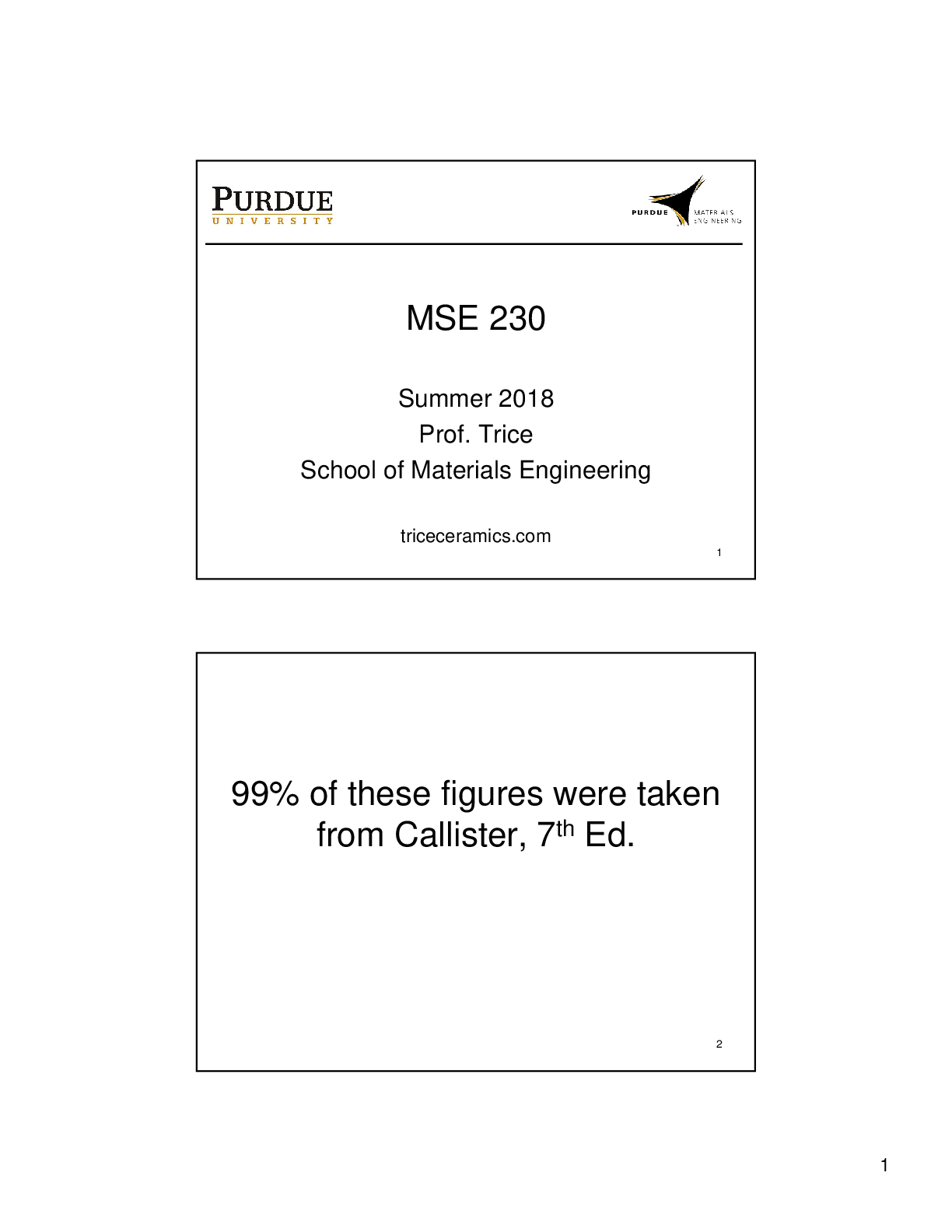
Reviews( 0 )
Document information
Connected school, study & course
About the document
Uploaded On
Nov 22, 2020
Number of pages
179
Written in
Additional information
This document has been written for:
Uploaded
Nov 22, 2020
Downloads
0
Views
108







